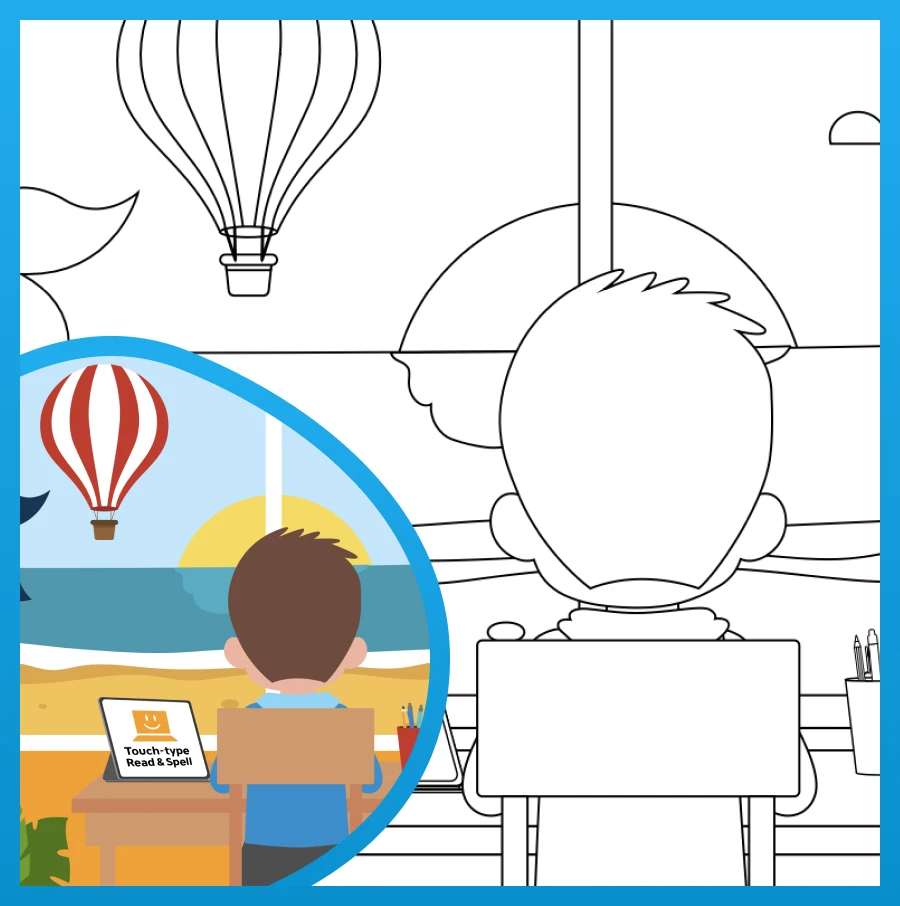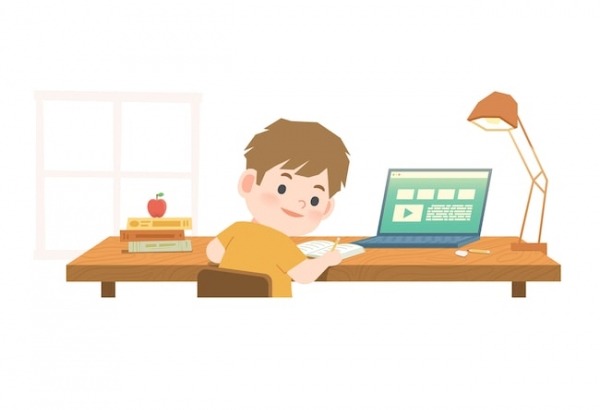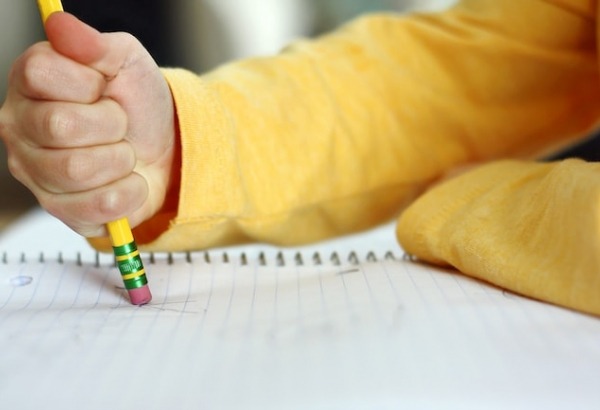Dyslexia reading strategies for students
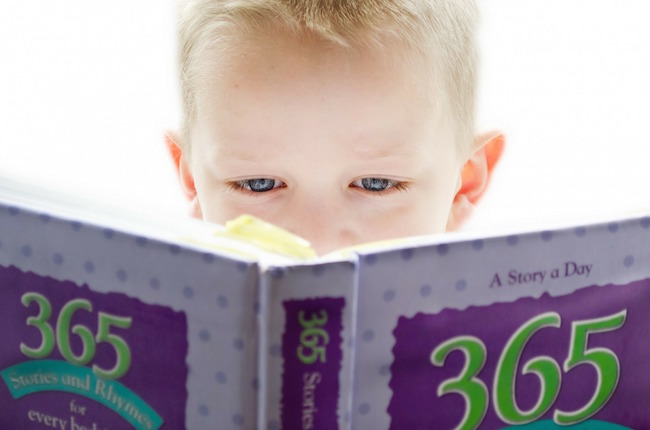
A guest post by Cigdem Knebel.
The English language is full of linguistic inconsistencies that make reading much harder for students with dyslexia. If you are like the majority of native English speakers, you may not even be aware of these inconsistencies because it is your mother tongue.
The irregularities are due to using the 26 letters in the English alphabet to create 44 sounds. To make up for the difference, there are several different ways a letter can be pronounced (‘a’ for apple, car, or ball, and ‘c’ for cat, ceiling, or scent).
Moreover, letter combinations create new sounds (ch, sh, ea) and these combinations can also be pronounced in different ways (chair vs. chorus, eagle vs. earth). This makes decoding a serious challenge for struggling readers, particularly those students who have dyslexia.
Without being able to accurately read the words, students cannot achieve the fluency and comprehension they need to become strong readers in and outside of the classroom. As a result, kids may begin to experience negative feelings about learning and school. That’s why when it comes to dyslexia, we need to focus not only on enhancing reading proficiency, but also on the soft skills of reading confidence.
What is dyslexia?
The official definition of dyslexia is a specific learning disability that is characterized by difficulties with accurate and/or fluent word recognition and by poor spelling and decoding abilities.
Dyslexia symptoms may vary from child to child and no two students will struggle in the same way. The most common early symptoms are not associating letters with sounds, having difficulty with phonemic awareness, rhymes, or blending sounds in words: t-a-p: tap.
Other signs for children in second grade and older are reversing letters such as ‘b’ and ‘d,’ memorizing text rather than reading it, guessing at words within context while reading (house vs. home, river vs. creek) and confusing words that sound or look similar such as on and no or top and pot.
Parents and teachers should also pay attention to a lack of interest in reading, resistance to attending school or refusal to do homework. Having other family members who had a difficult time learning how to read may also be worth noting, as dyslexia tends to run in families.
Dyslexic vs. non-dyslexic brains
Learning to read does not happen as naturally as learning to speak does. Children need to intentionally work on literacy and the brain needs to be more mature to master this skill. The brain has two halves or hemispheres: right and left. Readers who don’t have dyslexia activate the front and back areas of the left hemisphere while reading.
The left hemisphere includes most of the parts responsible for language processing and reading. This helps the reader associate words and sounds quickly and efficiently.
Individuals with dyslexia demonstrate a different pattern when they read. They use longer pathways in the right hemisphere to compensate for the under-activation in the back left hemisphere. This makes instantly recognizing words difficult and dyslexic students require more time to read. Therefore, learning how to read and achieving fluency in reading also takes longer.
How the brain works
The brain functions by transmitting electrical impulses across neurons. There are tiny gaps between neurons where the impulses jump to relay the information in a pathway. This is similar to the electricity moving through a light switch.
In an electrical circuit, the more we use the circuit, the more it wears out. In the brain, however, the more often a pathway is activated, the faster and stronger it becomes. In fact, connections between the neurons multiply each time the pathway is activated.
Similarly, if the connections are not used, the pathway becomes weaker and ceases to exist. A dyslexic student becomes more fluent through practice as the older and slower pathways are replaced by newer and more efficient connections via a multi-sensory and structured language training approach.
Try this post for decoding strategies that can help and learn more about the Orton-Gillingham phonics based approach.
Another key thing is the concentration of the impulses or the amount of load we put on the circuit to make it stronger. A good analogy for this is working out at the gym. If the resistance we put on our muscles is too weak or too heavy, we do not get the best result. If we push ourselves just a bit and we do this regularly, then we get stronger.
See below for classroom and home-based strategies designed to help students with dyslexia achieve “the right load” when they are learning how to read.
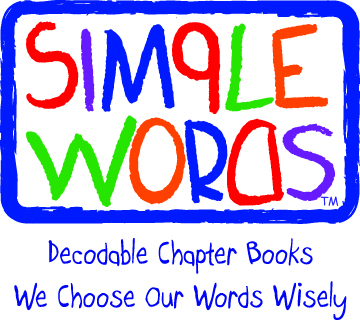
3 Phases of reading
Decoding simple words
Decoding is the ability to recognize the basic sounds and sound blends that make up a written word by accurately tapping the sounds. Without decoding skills, a reader cannot effectively connect a written word to the spoken word it represents.
Reading sight words
Children with dyslexia often have difficulty learning sight words. Some sight words do not follow the standard spelling rules in English and they are not decodable. Nonetheless they are high frequency words that students have to recognize quickly to be fluent readers.
It's helpful for students who struggle with dyslexia to memorize these words using mnemonic devices or rote repetition so they can be recognized immediately and do not need to be decoded. This reduces the overall processing load in reading. Learn more: What are Dolch words?, How to teach sight words
Navigating unfamiliar words
To decode unfamiliar words, readers with dyslexia use substantial effort. They are often slow to sound the word out and this negatively impacts comprehension as they miss the context of the sentence. As word recognition and the ability to decode improve, the process of reading becomes easier and more automatic.
The reader becomes more fluent. A wide vocabulary substantially helps with this challenge.
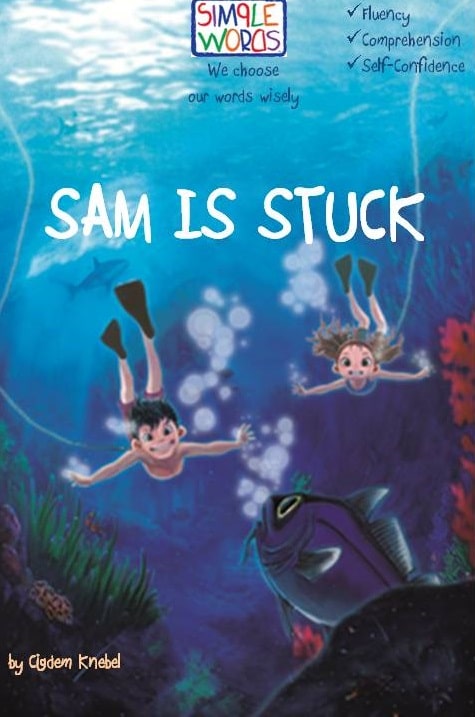
5 Strategies for helping dyslexic students
Applying a range of reading strategies is essential to ensure kids get the help they need and achieve their full potential in the classroom and beyond.
-
Find decodable books. Reading material that is full of familiar single and closed syllable words will make decoding easier. It’s also helpful for texts to include frequently used sight words and a few harder words. These kinds of books apply just the right amount of load to the dyslexic brain.
-
Set them up for success. Students struggling with reading can easily become discouraged if the book is too difficult or too easy. Readers who reject baby books may feel discouraged, while those who struggle through advanced books will become frustrated. Parents and teachers can help by offering a selection of books that help students build fluency and create the ideal conditions for enhancing reading skills. Start with short decodable books and move on to decodable chapter books to give them a sense of accomplishment in their learning. If these books do not fit into classroom lessons, offer them as free reading that students earn rewards for.
-
Give struggling students a break. For dyslexic students, schoolwork and classroom activities can be exhausting. Letting students take frequent breaks during reading can be an effective coping strategy. Always keep in mind that children with dyslexia need more downtime to recharge their batteries.
-
Read stories for the 1000th time. Encourage children to re-read their favorite stories with a loved one. Strategies that revolve around reading at home help students experience feelings of literacy success in a welcoming and low-risk environment. Re-reading familiar texts will also build speed, accuracy and confidence, which adds up to the perfect recipe for fluency.
-
Make reading fun. When a child is struggling to read, we might be inclined to push him or her to work harder. This is done in the hopes that more practice will improve reading skills. However, ineffective practice can actually impede progress especially if the child or the parents end up in tears. Child centered strategies ensure students are more engaged in their learning because practice is fun and rewarding. Children love a special time with their parents or an exciting classroom story-hour with the right reading material. Spend time reading to them. If the student has younger siblings, encourage them to take on the responsibility of reading to the little ones.
Choosing the right books
Below is a quick checklist to help parents and teachers evaluate whether or not a book is appropriate and suitable for their child with dyslexia.
- Are the words familiar and decodable?
- Does it contain frequently used sight words?
- Are the words short and do they have closed syllables?
- Are sentences short and direct?
- Is the font size 12 or higher?
- Do the pages contain some illustrations?
- Are the paragraphs not overly busy or text-heavy?
Although not a standard practice, books including a word list can also be advantageous because they enable parents to easily gauge whether the book is at the right reading level for their young readers, and to pre-teach key vocabulary.
Simple Words Books are written with these elements in mind. They are ideal books for students with dyslexia to practice key skills and become proficient readers who love learning and reading.
Do you have any strategies or tips to add? Send us an email and join the discussion!
Guest Author: Cigdem Knebel
When Cigdem Knebel struggled to find high interest and decodable chapter books for her 7 year-old dyslexic son, she began to write them herself. As the founder of Simple Words Books, her mission is to help young dyslexics and reluctant readers with fluency, comprehension, and most importantly, reading-confidence.
She accomplishes this by publishing fiction books and comprehension and decodable phonics focused workbooks that help young readers with dyslexia develop their literacy skills. Cigdem believes that all kids love to read—including children with dyslexia. They just need to find the right books to enable them to have fun and find their own way to build literacy skills and achieve success!
Read more blogs and learn about Simple Words Books on her website: http://www.simplewordsbooks.com.
For learners who struggle with dyslexia
TTRS is a program designed to get children and adults with dyslexia touch-typing, with additional support for reading and spelling.
Meredith Cicerchia
TTRS has a solution for you
An award-winning, multi-sensory course that teaches typing, reading and spelling

How does TTRS work?
Developed in line with language and education research
Teaches typing using a multi-sensory approach
The course is modular in design and easy to navigate
Includes school and personal interest subjects
Positive feedback and positive reinforcement
Reporting features help you monitor usage and progress




